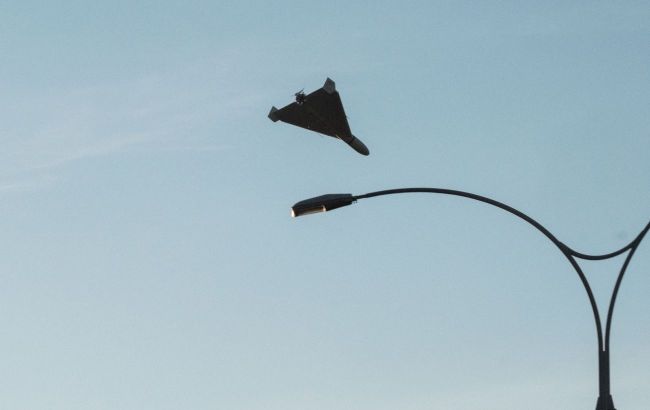Ukraine’s defense ministry explains why Shahed drones are becoming even more dangerous
 Photo: New technologies make it much more difficult to shoot down Russian kamikaze drones (Getty Images)
Photo: New technologies make it much more difficult to shoot down Russian kamikaze drones (Getty Images)
Russia is upgrading kamikaze drones by fitting them with 16‑channel systems. This allows them to shift signal frequencies and overcome Ukrainian jamming zones, said Deputy Defense Minister Ivan Havryliuk in an interview for the BBC.
According to him, today’s Shaheds are markedly different from those used in 2023.
Back then, Russia had only just begun using these kamikaze drones and equipped them with four‑channel antennas, which made them relatively vulnerable to electronic warfare (EW) systems.
Now, Russia uses 16‑channel systems, and combined with tactics of mass strikes, this produces a much greater effect. For that reason, Shaheds have become more dangerous and harder to shoot down.
Havryliuk said multi‑layered lines of defense are being built to repel attacks.
He explained these include surface‑to‑air missile systems, mobile fire groups, interceptor drones that attack Russian UAVs in the air, EW systems to jam control channels, and aviation, including F‑16 fighters.
Drone production in Ukraine
Recently, Ukraine has stepped up drone production. The country can now produce roughly 10 million drones a year, including AI‑equipped models.
Ukrainian engineers are also developing new strike drones to hunt Shaheds. They operate like air‑defense missiles, detonating near enemy targets and striking them with shrapnel.
RBC‑Ukraine previously reported that a successful use of AI drones was Operation Spiderweb, which put 34% of Russian strategic aviation out of action.

